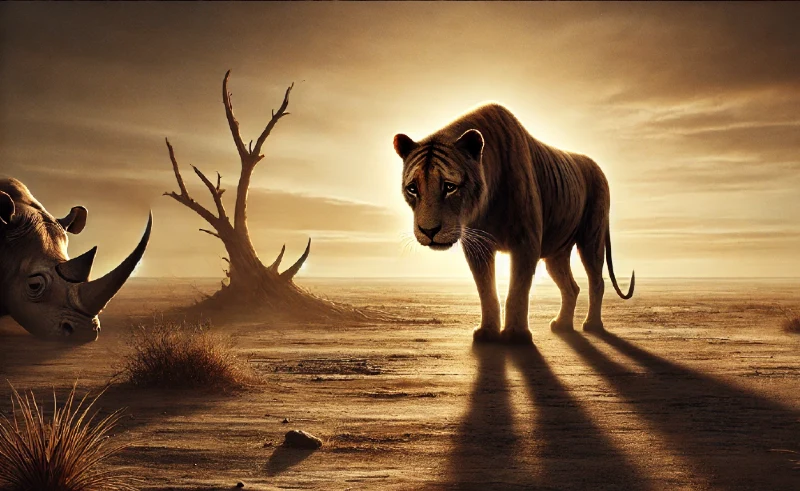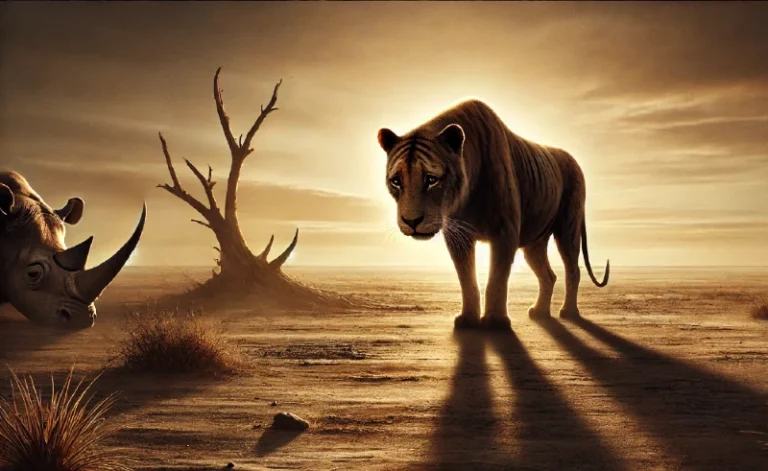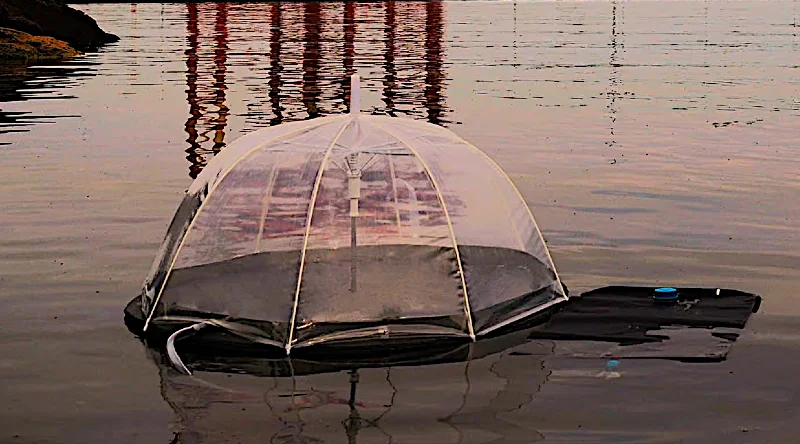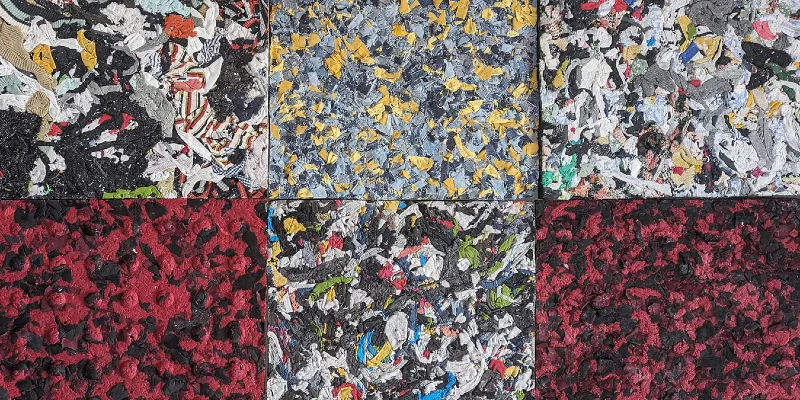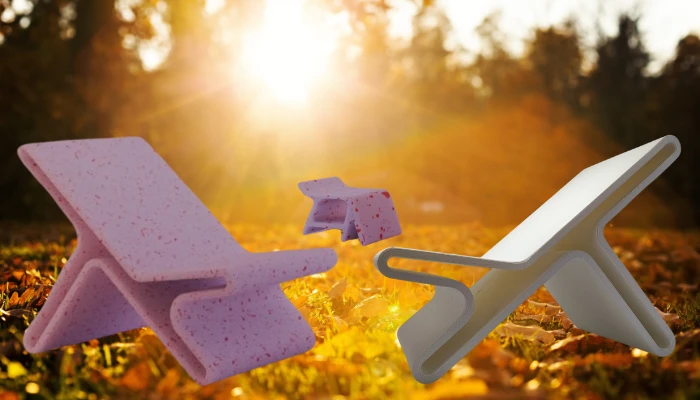Fair warning – this article is a downer. The animals below have names, but most had no mate. No family. No future. Just an ending.
These endlings—what we call the last of a species—are tragic reminders of how humans have shaped the world, often in ways we can’t undo.
Every animal on this list had something in common: people played a role in their extinction. Some were hunted to death. Others lost their homes to farms, cities, or pollution. Some were wiped out when humans introduced new predators or competitors, always for our own convenience.
No matter how it happened, the result was the same—loneliness, then silence.
1. Martha the Passenger Pigeon - 1914

Martha, the last known passenger pigeon, died at Cincinnati Zoo in 1914. Once numbering in the billions, passenger pigeons were hunted to extinction for their meat. By the time conservation efforts began, it was too late. Martha’s preserved body is displayed at the Smithsonian, serving as a stark reminder of the consequences of human exploitation.
- Region: North America
- Cause of Extinction: Overhunting
2. Unnamed Female Tasmanian Tiger - 1936
For years, it was assumed that the last Tasmanian Tiger, known as Benjamin, died at the Hobart Zoo in 1933.
Sadly, this story doesn’t have a happy ending. While Benjamin was not the last of his kind, the true end of the species, died just three years later. A female Tasmanian Tiger whose remains were discovered in storage in the Tasmanian Museum and Gallery (TMAG) in Tasmania, Australia.
It took 90 years for the mystery to be unearthed.
Elias Churchill, a trapper, captured the elderly female Tasmanian Tiger and sold it to the Hobart Zoo in 1936.
According to the book “The Last Tasmanian Tiger: The History and Extinction of the Thylacine” (Cambridge University Press, 2000), the zoo attendants weren’t kind to the Tasmanian tiger. They frequently forgot to feed the animal and routinely forced it to stay outside rather than letting her into sleep in the sheltered quarters set aside for her.
These unique striped marsupials, that thrived for 18 million years, were hunted to extinction due to a government bounty and habitat loss and the introduction of disease.
- Region: Australia (Tasmania)
- Cause of Extinction: Hunting, habitat loss
3. Lonesome George the Giant Galápagos Tortoise - 2012
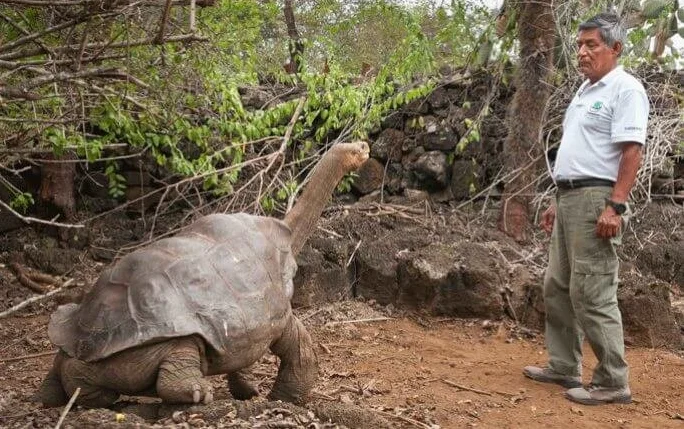
Lonesome George, the last of the giant Galápagos tortoise subspecies Chelonoidis nigra abingdoni, died in 2012.
George lived on Pinta Island before habitat destruction and hunting nearly wiped out his kind. Despite numerous breeding attempts, George remained alone until his death.
- Region: Galápagos Islands
- Cause of Extinction: Hunting, habitat destruction
4. Toughie the Rabbs' Fringe-limbed Tree Frog - 2016
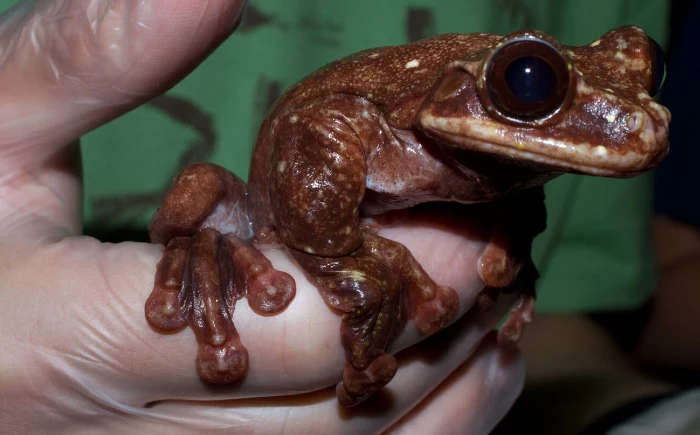
Toughie, the last known Rabbs’ fringe-limbed tree frog, died at the Atlanta Botanical Garden in 2016. A fungal disease called chytrid swept through Panama, devastating amphibian populations.
Unfortunately, Toughie’s death is hardly an isolated incident, as the rapid decline of amphibians due to disease and habitat loss are a continuing concern.
- Region: Panama
- Cause of Extinction: Disease (chytrid fungus)
5. Celia the Pyrenean Ibex - 2000
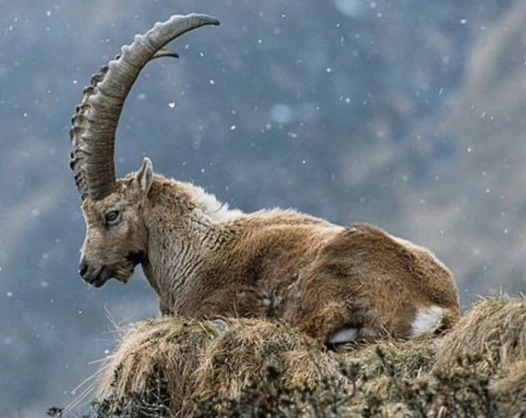
Celia, the last Pyrenean ibex, died in 2000 after being found dead in northern Spain. Habitat loss and hunting led to the decline of this species.
Scientists attempted to clone Celia using preserved DNA, but the effort was unsuccessful.
- Region: Europe (Pyrenees)
- Cause of Extinction: Hunting, habitat loss
6. Booming Ben the Heath Hen - 1932
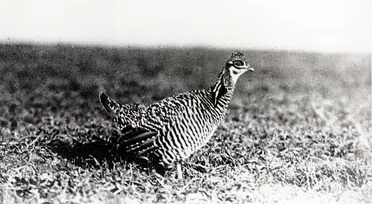
Booming Ben, the last heath hen, died in 1932 on Martha’s Vineyard.
Once widespread across the eastern U.S., heath hens were driven to extinction by overhunting and habitat destruction. Efforts to save the species came too late, and Booming Ben’s death marked the end.
- Region: North America (Eastern U.S.)
- Cause of Extinction: Overhunting, habitat destruction
7. QiQi the Chinese River Dolphin - 2002
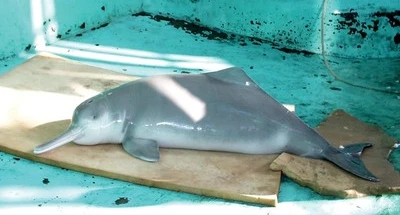
The Yangtze River dolphin, also known as baiji, was a freshwater dolphin that lived only in the Yangtze River in China. It’s the first cetacean (dolphins, whales, porpoises) driven to extinction solely because of human activity.
Qiqi, the last of its kind, died in 2002 at the Wuhan Baiji Aquarium after 22 years of captivity.
The baiji existed in the Yangtze River ecosystem for 20 million years. It thrived and helped maintain balance. Habitat destruction, pollution, poaching, and dying tangled up in fishing nets drove the species to extinction in only 50 years.
- Region: Pacific Islands (Society Islands)
- Cause of Extinction: Invasive species
8. ‘Incas’ the Carolina Parakeet - 1918
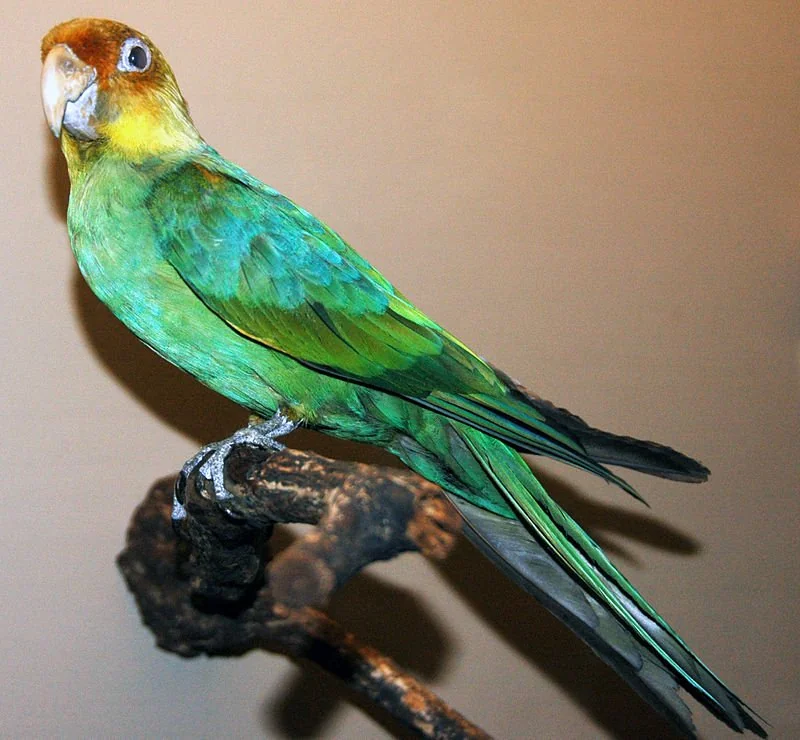
Incas, the last Carolina parakeet (also known as the Carolina Conure), died at the Cincinnati Zoo in 1918. These brightly colored birds were native to the Eastern, Midwest, and Plains of the United States. 150 years ago these parrots were part of the normal day for Americans from Wisconsin to New York and down to the Gulf of Mexico.
In fact, they were the only species of parrot native to the Eastern and Midwest.
Sadly, it was their striking beauty that led to their extinction. They were hunted for their feathers, which had become popular in fashion accessories.
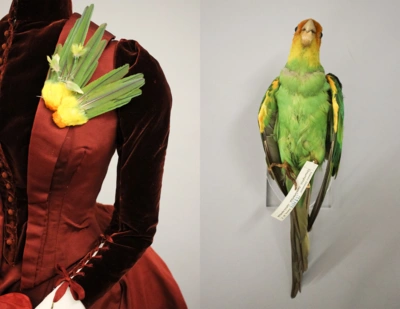
While they did suffer severe habitat loss, as most birds have, it was the love affair the public had with their feathers that gutted the species.
- Region: North America (Southeastern U.S.)
- Cause of Extinction: Hunting, habitat destruction
9. Fatu and Najin, the Last Northern White Rhinos - Present
The last two northern white rhinos, Najin (35) and Fatu (24), will likely be the next named endlings on this list.
Right now, as the last of their kind, the mother and daughter duo live under constant guard at Ol Pejeta Conservancy in Kenya. Because they’re the last surviving members of their kind, their horns are considered priceless by poachers.
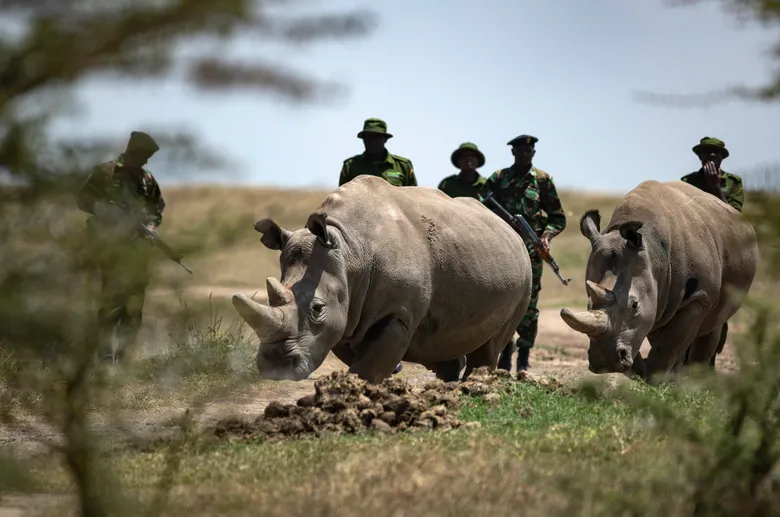
The threat is very real. For years the rhinos have been secured with 24/7 armed guards, motion sensing and electrified high fences, manned watchtowers, automated drones, and transmitters imbedded in their horns.
With the death of the last male, Sudan, in 2018, the extinction of the subspecies is inevitable. Efforts to save them now rely on advanced reproductive technologies.
For the last decade, scientists have desperately tried to save the species using reproductive technologies including IVF and surrogacy. Sadly, nothing has worked so far.
More To Discover
- Water Batteries: The Safe, Affordable, and Eco-Friendly Energy of the Future That Won’t Explode
- New Swedish ‘Electric Soil’ Boosts Barley Growth by 50% in 15 Days
- Starbucks in Hot Water: Lawsuit Challenges Their ‘100% Ethical’ Coffee Claims
- Regional Differences Drive Distinct Motivations for Energy-Efficient Home Upgrades Across the U.S.
- Region: Africa (Kenya)
- Cause of Extinction: Poaching
Final Thoughts
These stories should never be repeated, but they still are, like the vaquita. Species are vanishing, and new endlings appear every year. Thankfully, not every organization and government and CEO cares only about money. Some are fighting to stop this madness:
- Protecting habitats – Governments and conservation groups are working to save forests, oceans, and grasslands. No home, no survival.
- Cracking down on poaching – Anti-poaching laws and patrols are stopping illegal hunting before it wipes out more species.
- Breeding programs – Zoos and wildlife centers are raising endangered animals to release back into the wild.
- Bringing back lost species – Scientists are studying ways to revive animals on the brink, like cloning and genetic rescue.
The next endling is out there. This list includes eight endlings and one pair of almost endlings.
It’s likely that the next update on this article will be adding either Fatu or Najin as the last of the Northern White Rhino species. That’s not a content update anyone should be proud of.
Caretakers and researchers name endlings to help humanize them. To make them more relatable to people that, otherwise, simply can’t be bothered. Please share their stories, share this article, and share their names. Don’t let the world forget Martha or Incas. We name them so we don’t lose our own history as well.
Incas was the last of his species because we hunted his fellow parrots to death solely, so fashion houses could craft pretty accessories.
We must remember the stories of every endling because our own species featured in each of their stories. We were the antagonists.
We were the villains.

